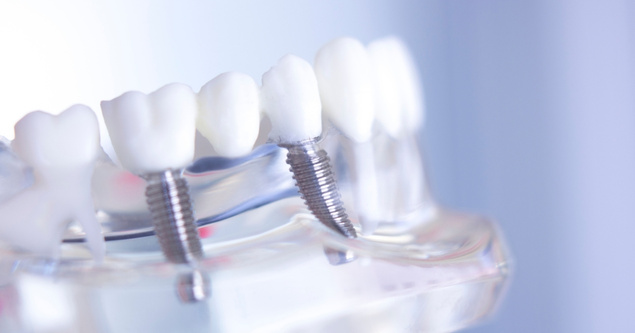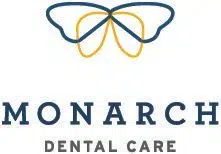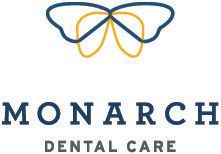
Getting a dental bridge can be a big step in restoring your smile, so taking good care of it is essential for a smooth recovery and long-lasting results. Whether you’re adjusting to a bridge or managing soreness, following specific aftercare steps will help maintain both comfort and durability. This guide offers simple yet effective dental bridge aftercare practices to keep your bridge in top shape while supporting a quick recovery.
Why Dental Bridge Aftercare Matters?
Proper aftercare plays a crucial role in the success and lifespan of your dental bridge. Without it, you may face discomfort, infections, or complications that could shorten the life of your bridge. With consistent care, however, you’ll keep your dental bridge strong and ensure it fits comfortably in your daily life.
Here’s a detailed look at helpful aftercare tips that’ll make your recovery as easy as possible.
What to Expect Right After Getting Your Dental Bridge?
Adjusting to a new dental bridge takes a bit of time. Right after placement, it’s common to experience some soreness, sensitivity, or minor swelling. This is usually temporary and should lessen within a few days. Here’s how to manage this initial period:
- Use Cold Compresses: Applying a cold compress can reduce swelling and ease discomfort. Try placing it on your cheek near the bridge for relief.
- Stick to Soft Foods: Soft foods like yogurt, mashed potatoes, and oatmeal are easy on your gums and teeth, allowing you to eat comfortably while your mouth heals.
- Avoid Hot and Cold Foods: Sensitivity is normal initially, so steer clear of overly hot or cold foods and beverages.
By following these tips, you’ll minimize discomfort and create a smooth transition as you adjust to your dental bridges in Prairie Village.
How to Take Care of Your Dental Bridge Long-Term?
Effective long-term dental bridge aftercare will help prevent issues and maintain the bridge’s durability. With these straightforward tips, you can keep your bridge in excellent condition.
Daily Cleaning Routine for Your Dental Bridge
Maintaining a clean bridge is crucial to avoiding plaque buildup and gum disease. Here’s how to incorporate proper care into your daily routine:
- Brush Twice Daily: Use a soft-bristled toothbrush and fluoride toothpaste to gently clean the bridge and surrounding teeth.
- Floss Carefully: Regular flossing helps prevent plaque buildup around your bridge. Consider a floss threader or interdental brush for easier access.
- Use Antibacterial Mouthwash: An antibacterial rinse helps reduce bacteria around the bridge, adding an extra layer of protection.
Following this cleaning routine, every day will keep your dental bridge in top condition, reducing the risk of infection or decay.
Foods to Avoid for Better Dental Bridge Health
While your dental bridge is strong, certain foods can weaken or damage it. Stick to these guidelines to protect your investment:
- Stay Away from Sticky Foods: Chewy foods like caramels or gummy candies can pull on the bridge, potentially causing dislodgement.
- Limit Hard Foods: Crunchy items like popcorn kernels, hard nuts, or ice may crack or chip the bridge.
- Avoid Sugary Foods and Drinks: Sugary snacks increase the risk of decay around your bridge. Opt for healthier alternatives when possible.
Avoiding these foods will ensure your bridge remains secure and intact for years to come.
Signs That Your Dental Bridge Needs Professional Attention
While dental bridges in Prairie Village are designed for durability, occasional issues may arise. Knowing the warning signs can help you address any problems early on. Watch out for these indicators:
- Persistent Pain: If pain around the bridge lasts more than a week, it may signal an issue with fit or infection.
- Shifting or Looseness: If your bridge feels loose or shifts when you eat or speak, see your dentist to have it adjusted.
- Swelling or Redness: Continued swelling or redness around the gums could indicate gum disease or another problem that requires attention.
If you notice any of these symptoms, consult your dentist for advice and potential adjustments to maintain the bridge’s health.
Maintaining a Healthy Lifestyle for Lasting Dental Health
In addition to dental bridge aftercare, a healthy lifestyle will help you enjoy your bridge for years to come. Here are a few lifestyle tips to keep in mind:
- Limit Alcohol and Tobacco: Both alcohol and tobacco can cause oral health problems, weakening the bridge and affecting surrounding teeth.
- Stay Hydrated: Drinking water keeps your mouth moist and helps wash away food particles and bacteria.
- Regular Dental Check-Ups: Visiting your dentist every six months allows them to monitor the bridge and address any potential issues early on.
By adopting these habits, you’ll create an environment where your dental bridge can thrive, promoting long-term success and oral health.
Taking care of your dental bridge may seem like a lot initially, but with these tips, it’ll soon become a natural part of your daily routine. A little effort now goes a long way toward a healthy, strong bridge that supports your smile for years to come!



